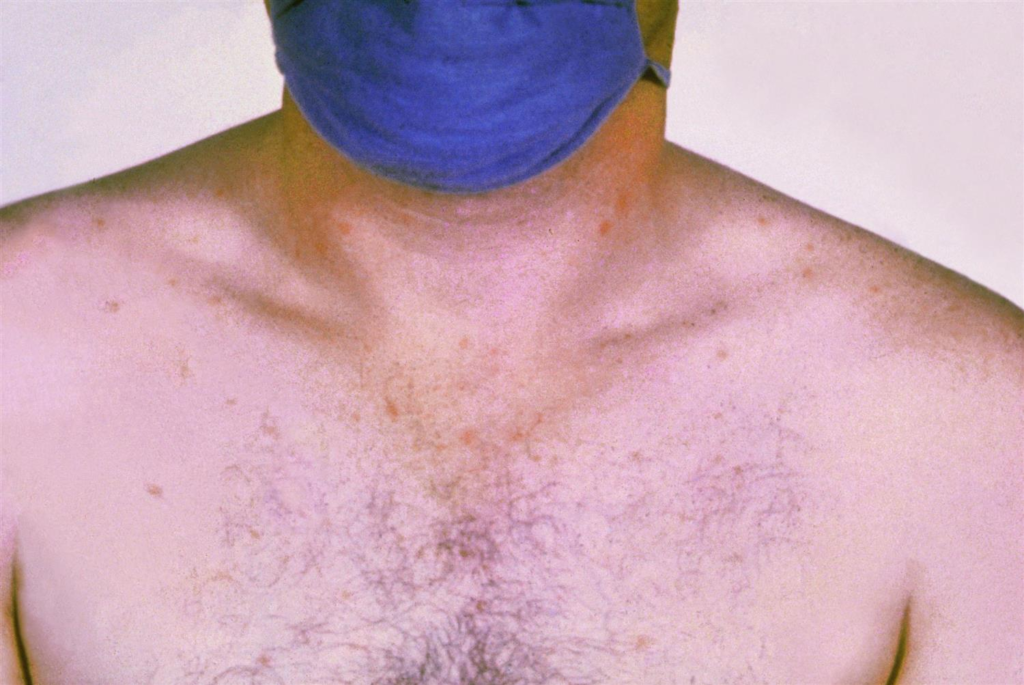| Enterobacteriaceae |
| Organism | Microbiology | Associated Conditions | Treatment |
| E. coli | Reservoirgastrointestinal and urinary tractTransmissionfecal-oralurethral ascensioncatheteraspirationLabslactose fermentingβ-hemolyticPropertiesenterotoxins heat labile, which increases cAMPheat stable, which increases cGMPfimbriaeK-antigen (capsule)H-antigen (flagella) | Diarrheaenterotoxigenic (ETEC)causes traveler’s diarrhea, which is a watery diarrheaenterohemorrhagic (EHEC)causes bloody diarrheasecretes Shiga-like toxin, which can lead to hemorrhagic colitishemolytic uremic syndromeassociated with E. coli O157:H7enteroinvasive (EIEC)causes bloody diarrhea (with pus and fever)Newborn meningitisirritabilitybulging fontanelleUrinary tract infection (UTI)dysuria, urinary frequency, and urinary urgency | DiarrheaETECsupportive treatmentEHECsupportive treatmentmonitoring of hemolytic uremic syndrome, which is also managed with supportive treatmentEIECsupportiveNewborn meningitisampicillinthird-generation cephalosporin with gentamicinin ampicillin-resistant strainsUrinary tract infectionfluoroquinolone, trimethoprim/sulfamethoxazole (TMP-SMX), or nitrofurantoin |
| K. pneumoniae | Labslactose fermenterPropertieshas a capsule and is nonmotile | Pneumoniacurrant-jelly sputumtypically seen in patients with underlying lung disease or alcohol use disorderUTIdysuria, urinary frequency, and urinary urgencytypically hospital-acquired | Typically with a 3rd generation cephalosporin |
| P. mirabilis | Labssplits urea into NH3 and CO2indole negativenon-lactose fermentingPropertiesurease positivemotile | UTIdysuria, urinary frequency, and urinary urgencyurine pH is basic (elevated) due to producing NH3Sepsis | TMP-SMXAmpicillin |
| S. dysenteriae | ReservoirhumansTransmissionfecal-oralLabsnon-H2S producingnon-lactose fermentingnever a part of the normal intestinal floraPropertiesnon-motileinvades the small intestine but not the lamina propriaproduces Shiga toxinacts on the 60s ribosomal subunit of the intestinal epithelia, impairing protein synthesis and causing intestinal damage | Diarrheabloody with blood and pus (similar to EHEC) | FluoroquinolonesAzithromycinCeftriaxone |
| S. typhi | ReservoirhumansTransmissionfecal-oralLabsH2Snon-lactose fermentingPropertiesmotilecapsulepatients with an absent or non-functioning spleen are at high risk of infectionfacultative intracellularcan live in macrophages and in the gallbladder | Typhoid feverfeverhepatosplenomegalyrose abdominal spots abdominal painOsteomyelitisseen in patients with sickle cell disease | CeftriaxoneMeropenemFluoroquinolone |




